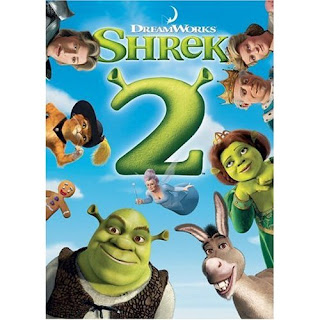 There aren’t hanging chads, but there’s something fishy about the just-completed standards vote for OOXML.
There aren’t hanging chads, but there’s something fishy about the just-completed standards vote for OOXML.
Microsoft, creator of the Office Open XML file formats, pulled out all the stops in order to win OOXML’s approval as an ISO/IEC standard. It succeeded. However, the bitter struggle leaves behind a bad taste.
The question is, did Microsoft cross the line? Was the company merely lobbying hard, which it was certainly permitted to do? Or did it using dirty tricks to discredit opponents, challenge votes, and otherwise inappropriately influence the outcome of the standards process?
I’ll be honest: I don’t know. I suspect that the company’s eagerness to win business for its Microsoft Office business unit – by putting OOXML on an equal standards playing field with its top competitor, the OpenDocument Format from OASIS – pushed it to do anything needed to win the votes.
To put my prejudices out on the line (as if you can’t tell already): I’m not a fan of OOXML. I believe in draft standards that were developed by multiple parties – vendors, customers, researchers – in an open, transparent process.
The best standards come from evolutionary technologies that evolve to suit new requirements, and which have time to converge onto a strong, vendor-neutral platform for future development. OASIS’s ODF is such a format, and deserved to become ISO/IEC 26300.
By contrast, the OOXML specification was created by Microsoft specifically to drive its Office products, and was rubber-stamped by Ecma, a vendor group. The 6,000-page spec didn’t evolve out of years of industry work on interoperability. Rather, it evolved out of a proprietary format that Microsoft used to lock customers into its products.
OOXML does not serve as a foundation for other players to come together to interoperate and innovate. OOXML does nothing for the industry. It does nothing for consumers. The only beneficiaries of OOXML are Microsoft and its partners, who now can assure governments and multinational customers that by storing documents in OOXML, they’re storing them in a de jure standard format.
Thus, I was delighted last September when Microsoft failed to win fast-track approval from the ISO. It was only a temporary victory, however. The revote took much of March, and just closed, with Microsoft apparently succeeding in its lobbying effort.
That lobbying effort is troubling. If you read anti-Microsoft blogs like Groklaw, you can see numerous allegations of influence-peddling, committees being urged to vote Abstain instead of No at the ISO, scandals in countries like Norway and Denmark over their votes, and reports of formal complaints filed by Microsoft against countries like India which voted against OOXML.
OOXML passed anyway, trumpeted by ECMA and Microsoft even before ISO could announce the vote results. ISO/IEC 29500 makes a mockery of the standards process, and my respect for the ISO is gone.


























